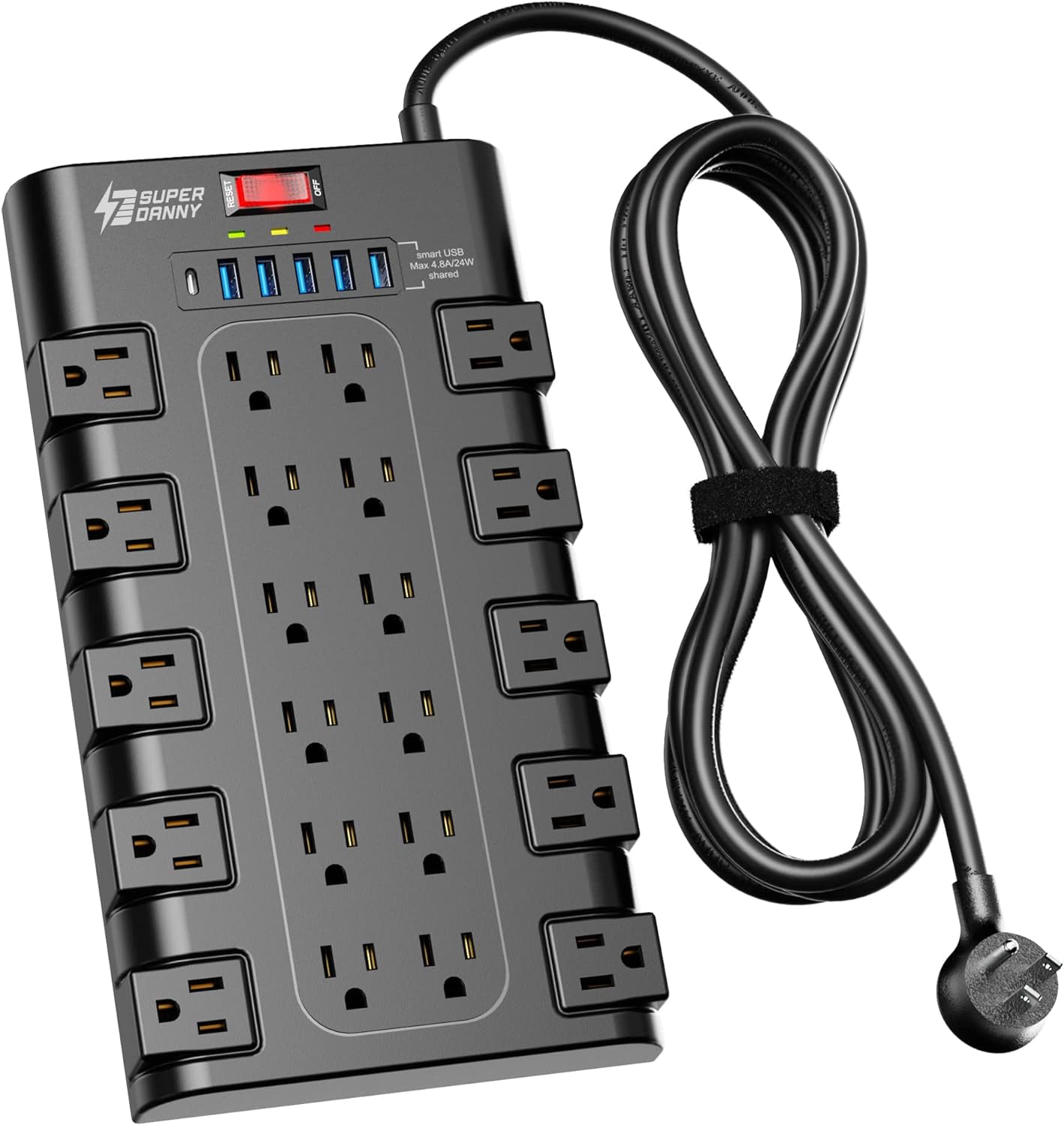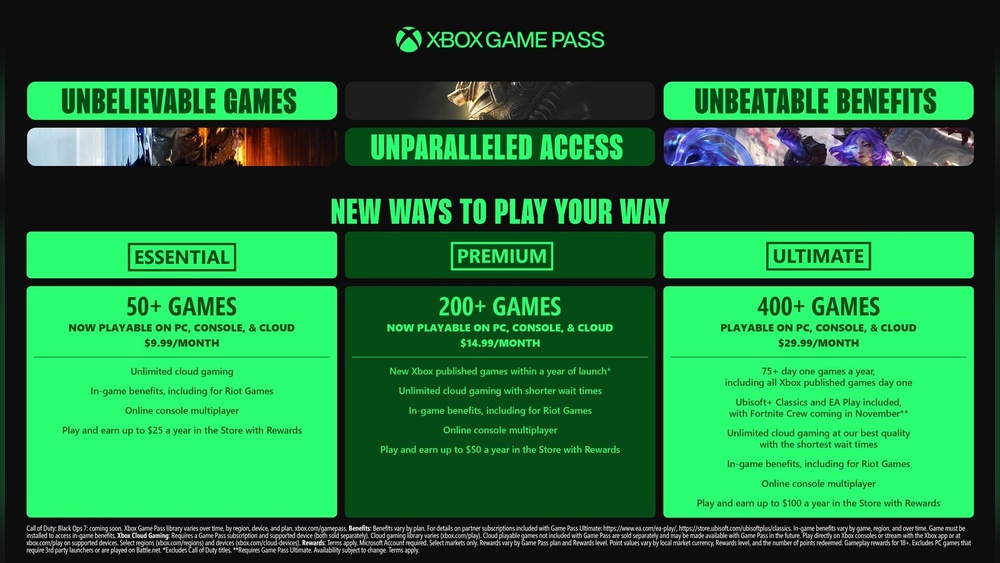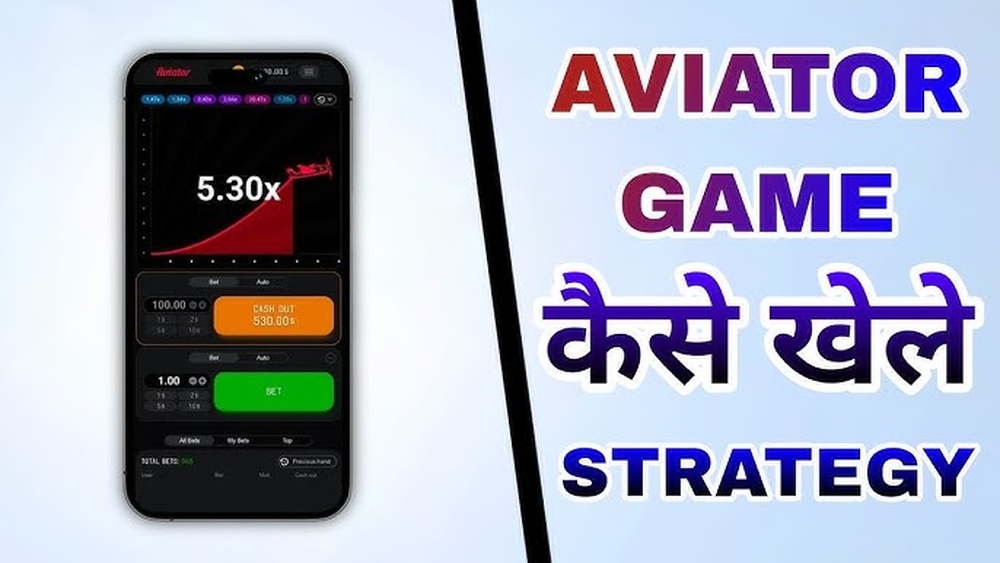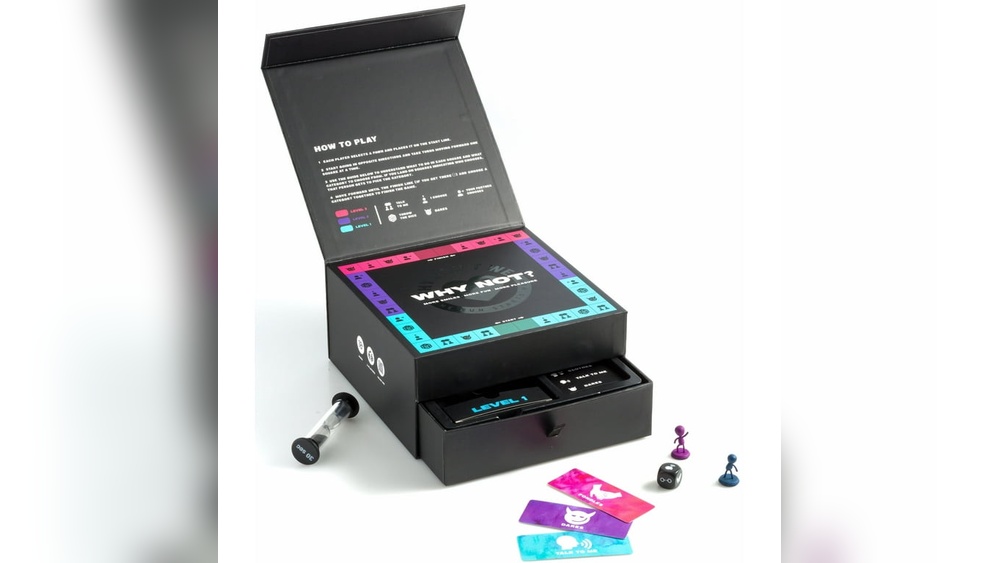Are you wondering if your computer’s built-in graphics can handle streaming? Maybe you want to share your gameplay or start a live broadcast but don’t have a dedicated graphics card.
The good news is, you might already have what you need. But can you stream with integrated graphics without running into problems? This article will help you understand the strengths and limits of integrated graphics, so you can decide if they’re enough for your streaming goals.
Keep reading to find out how to get the best performance and avoid common pitfalls.

Credit: www.sybergaming.com
Integrated Graphics Basics
Integrated graphics are built into the computer’s processor or motherboard. They handle video output without needing a separate graphics card. This makes computers cheaper and simpler.
Many people wonder if integrated graphics can handle streaming. Understanding the basics helps answer this question. Let’s explore what integrated graphics are and common models available.
What Are Integrated Graphics
Integrated graphics use the computer’s main processor to display images. They share system memory instead of having their own. This limits their power but saves space and cost.
These graphics are enough for everyday tasks like browsing, watching videos, and light gaming. They do not perform as well as dedicated graphics cards. Still, they can handle basic streaming needs.
Common Integrated Graphics Models
Intel’s UHD and Iris Xe are popular integrated graphics in many laptops and desktops. AMD’s Radeon Vega is another common model found in Ryzen processors.
These models improve with each generation. Newer versions offer better speed and support for streaming software. Knowing these models helps choose the right computer for streaming.
Streaming Requirements
Streaming needs specific hardware and software to work well. Your computer must handle video capture and live broadcast smoothly. Integrated graphics can stream but only under certain conditions.
Minimum Hardware Needs
At least a dual-core processor is required for basic streaming. Integrated graphics must support video encoding, like Intel Quick Sync. A minimum of 8 GB RAM helps avoid lag during streams. Stable internet with 5 Mbps upload speed is necessary for clear streams. A good microphone and webcam improve viewer experience.
Software Compatibility
Streaming software must support integrated graphics encoding. Programs like OBS Studio and Streamlabs work well with many GPUs. Choose software that uses hardware acceleration to reduce CPU load. Make sure your software updates regularly for best performance. Easy-to-use interfaces help beginners set up streams quickly.
Performance Of Integrated Graphics In Streaming
Integrated graphics have improved a lot in recent years. Many people wonder if they can stream games or videos smoothly using these built-in graphics. Streaming needs good performance to keep videos clear and smooth. Integrated graphics use the computer’s main processor and share memory, which can limit how well they do in streaming. Still, they can handle basic streaming tasks without a separate graphics card.
Understanding the performance of integrated graphics helps decide if they fit your streaming needs. This section covers how well integrated graphics handle encoding and the limits on frame rate and resolution during streaming.
Encoding Capabilities
Encoding means converting video into a format for streaming. Integrated graphics have built-in hardware encoders. These help reduce the load on the CPU during streaming. Most modern integrated graphics support popular encoding standards like H.264 and HEVC. These encoders provide good quality with low power use. Still, their speed and efficiency vary by model. Older or low-end integrated graphics might struggle with long streaming sessions. Newer models can handle 1080p streaming smoothly without much lag.
Frame Rate And Resolution Limits
Frame rate affects how smooth the video looks. Integrated graphics usually support 30 to 60 frames per second for streaming. Higher frame rates demand more from the hardware and memory. Resolution is about the video size and detail. Integrated graphics can stream at 720p or 1080p easily on most systems. Streaming at 4K resolution is often too much for integrated graphics. It can cause lag and dropped frames. Choosing the right balance of frame rate and resolution is key to good streaming with integrated graphics.
Optimizing Stream Quality
Optimizing stream quality is key to a good viewing experience. Integrated graphics can handle streaming but need careful setup. Adjusting settings helps prevent lag and keeps video smooth. Small changes in your software and hardware settings make a big difference.
Settings For Smooth Streaming
Start by lowering your stream resolution to 720p or less. Use a lower frame rate like 30fps instead of 60fps. Choose a bitrate that matches your internet speed, usually between 2500 and 4000 kbps. Close unused apps to free up system resources. Use streaming software with hardware encoding support for integrated graphics.
Reducing Lag And Stutter
Limit background processes to reduce CPU load. Keep your drivers and streaming software updated. Test your internet speed and use a wired connection if possible. Lower stream latency settings to reduce delay. Monitor your system temperature to avoid overheating and throttling. These steps help keep your stream steady and clear.
Comparing Integrated And Dedicated Graphics
Choosing between integrated and dedicated graphics affects your streaming experience. Both have strengths and limits. Knowing these helps pick the right setup for streaming.
Performance Differences
Integrated graphics use the CPU to handle visuals. They share memory with the system. This limits their power for heavy tasks.
Dedicated graphics have their own memory and processor. They handle video and games much faster. This means smoother streaming with less lag.
Streaming with integrated graphics works for simple games or low settings. For high-quality streams or demanding games, dedicated graphics perform better.
Cost And Power Efficiency
Integrated graphics cost less since they come with the CPU. They use less power, which saves battery life on laptops.
Dedicated graphics add extra cost and consume more energy. They may need better cooling and a stronger power supply.
For budget builds or casual streaming, integrated graphics are a good choice. Dedicated graphics suit those who want high performance and quality.
Popular Streaming Software Support
Streaming with integrated graphics is possible using popular software. Many streaming tools support integrated GPUs well. These programs offer good options for entry-level streamers. They balance performance and quality to help your stream run smoothly.
Here are some common streaming software that works with integrated graphics.
Obs Studio
OBS Studio is free and widely used by streamers. It supports integrated graphics for both recording and streaming. You can adjust settings to reduce the load on your GPU. OBS offers many presets that help maintain smooth streams. It also supports hardware encoding on some integrated GPUs. This helps lower CPU usage during streams.
Xsplit
XSplit works well with integrated graphics for simple streams. It has an easy-to-use interface suitable for beginners. The software lets you tweak video quality and resolution. This ensures your stream does not lag or stutter. XSplit also supports hardware acceleration on some integrated chips. It helps keep your stream stable without heavy hardware.
Streamlabs
Streamlabs is built on OBS but focuses on user-friendly features. It supports integrated graphics with customizable settings. You can optimize performance by lowering video resolution or frame rate. Streamlabs also offers themes and alerts that work smoothly. It balances visual appeal and performance for integrated GPU users.
Use Cases And Limitations
Integrated graphics allow streaming without a separate graphics card. They use the CPU and built-in GPU to handle video tasks. This setup suits certain streaming needs but has clear limits. Understanding these helps choose the right streaming method.
Casual Streaming
Integrated graphics support casual streaming well. Watching and sharing videos on platforms like Twitch or YouTube works fine. Simple games or less demanding apps run smoothly while streaming. It saves money and uses less power. Casual streamers get decent quality without extra hardware.
Professional Streaming Challenges
Integrated graphics struggle with professional streaming tasks. High-quality streams need stronger graphics power. Complex scenes, multiple video sources, and overlays slow performance. Lag and frame drops can occur during broadcasts. Professional streamers often require dedicated GPUs for smooth streams. Integrated graphics limit stream quality and flexibility.

Credit: www.xda-developers.com

Credit: www.makeuseof.com
Frequently Asked Questions
Can You Stream Games With Integrated Graphics?
Yes, you can stream games using integrated graphics, but performance may vary. Integrated GPUs handle light streaming well but struggle with high-end games. For better quality and smooth streaming, a dedicated graphics card is recommended.
Is Integrated Graphics Good For Streaming Video Content?
Integrated graphics are sufficient for streaming video content like movies or shows. They can decode video efficiently without extra hardware. However, performance depends on the CPU and integrated GPU capabilities.
Do Integrated Graphics Affect Stream Quality?
Integrated graphics can limit stream quality, especially at higher resolutions. They share system memory, which may reduce encoding efficiency. Dedicated GPUs generally provide better video encoding, resulting in higher-quality streams.
Can Integrated Graphics Handle Live Streaming Software?
Yes, integrated graphics can run live streaming software like OBS or Streamlabs. Basic setups work fine, but advanced features or high-resolution streams may require more powerful hardware for smooth performance.
Conclusion
Streaming with integrated graphics is possible but has limits. You can stream simple games or videos without extra hardware. Expect lower quality or frame drops with demanding games. Using good settings helps improve your stream’s smoothness. Upgrading to a dedicated graphics card boosts performance greatly.
For casual streamers, integrated graphics can work just fine. Plan your setup based on the games you want to share. Streaming should remain fun, not a struggle with your gear. Choose wisely and enjoy sharing your gameplay moments.









